Choosing the right wheelchair for your dog is a decision that can significantly improve your furry friend's quality of life. Whether your dog has mobility issues due to age, injury, or a condition like hip dysplasia, the right support can make all the difference. This comprehensive guide will walk you through the process of selecting the perfect wheelchair for your canine companion.
Key Takeaways:
- Understand the different types of wheelchairs available and which is suitable for your dog's condition.
- Learn the key features to look for in a dog wheelchair to ensure comfort and mobility.
- Discover how to measure your dog to find the right fit for a wheelchair.
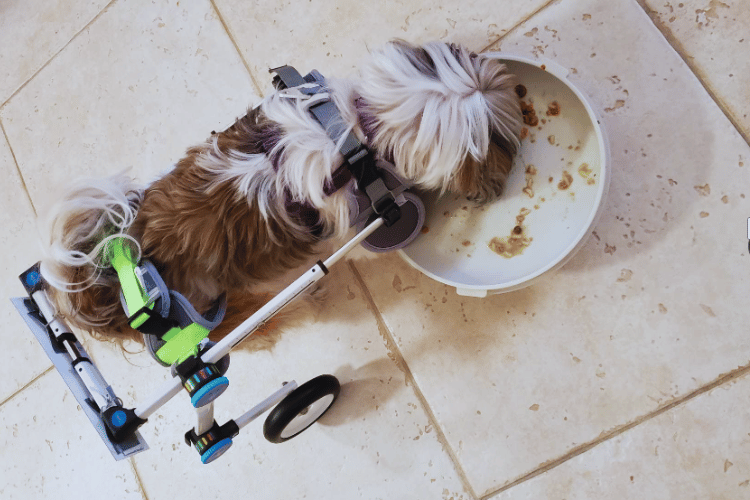
Assessing Your Dog's Mobility Needs
Before diving into the world of pet wheelchairs, it's crucial to understand your dog's specific mobility issues. Dogs with hind leg weakness may need a rear support wheelchair, while those with more extensive mobility problems might require a full support or quad wheelchair. Consulting with a veterinarian can provide insight into the type of mobility support your dog needs.
Understanding Different Wheelchair Types
There are several types of wheelchairs for dogs, each designed to address different mobility challenges. Rear wheel wheelchairs support a dog's back legs, while a full support dog wheelchair provides assistance to both the front and back legs. For dogs with difficulty walking due to conditions affecting all four legs, a quad wheelchair can offer full support.
Key Wheelchair Features to Consider
When selecting a wheelchair for your dog, key features such as adjustability, comfort, and durability are paramount. Look for a wheelchair made from high-quality materials like aircraft grade aluminum, which ensures both lightness and strength. Additionally, shock absorption and ease of movement are important for your dog's comfort and mobility.
Measuring Your Dog for the Perfect Fit
To ensure the best fit for your dog's wheelchair, accurate measurements are essential. You'll need to measure your dog's weight, rear leg height, and the width of their chest. These measurements will help you choose the right size wheelchair, whether it's a small, medium, or large wheelchair, to support your dog's body correctly.
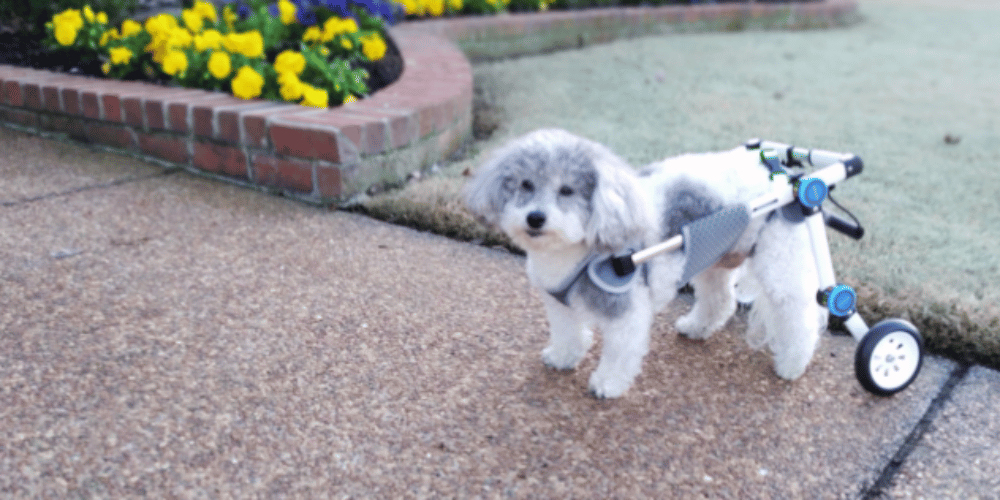
The Importance of Adjustability
An adjustable wheelchair can grow with your pet, accommodating changes in size or mobility. The Walkin' Wheels dog wheelchair is renowned for its adjustability, allowing changes in height, length, and width to fit most pets comfortably. This feature is particularly beneficial for growing dogs or those with progressive conditions.
Comfort and Support Features
Comfort is just as important as functionality. Look for wheelchairs with padding around the harness and straps to prevent chafing. Foam wheels can offer a smoother ride, especially on rugged terrain, and are ideal for dogs that spend a lot of time outdoors. A comfortable wheelchair encourages regular use, which can improve your dog's quality of life.
Choosing the Right Wheels for Terrain
The type of wheels on your dog's wheelchair can affect their ability to navigate different environments. Large, air-filled tires are great for outdoor activities and uneven ground, while smaller, solid wheels might be better suited for indoor use. Consider your dog's lifestyle and where they'll be using the wheelchair most often.
The Role of Durability and Maintenance
A durable wheelchair will withstand the wear and tear of daily use. Look for models that are easy to clean and maintain, with replaceable parts. A well-made wheelchair can last for years, providing ongoing support for your dog's mobility issues.
The Benefits of a Lightweight Wheelchair
A lightweight wheelchair can make a significant difference in your dog's ability to move around freely. Aircraft grade aluminum is a popular material for lightweight yet sturdy wheelchairs. The lighter the wheelchair, the less energy your dog will need to expend while using it.
Customizing Wheelchair Support for Specific Conditions
When selecting a walkin wheels dog wheelchair, it's crucial to consider any specific conditions your furry friend may have. For instance, spinal cord injuries may require a full support wheelchair that offers both front and rear assistance. This ensures that your dog's body is fully supported, preventing any unnecessary strain on their remaining functional limbs. A mini wheelchair might be perfect for small dogs with less body weight to support, while large dogs like German Shepherds may need a sturdier, medium wheelchair to accommodate their size and strength.
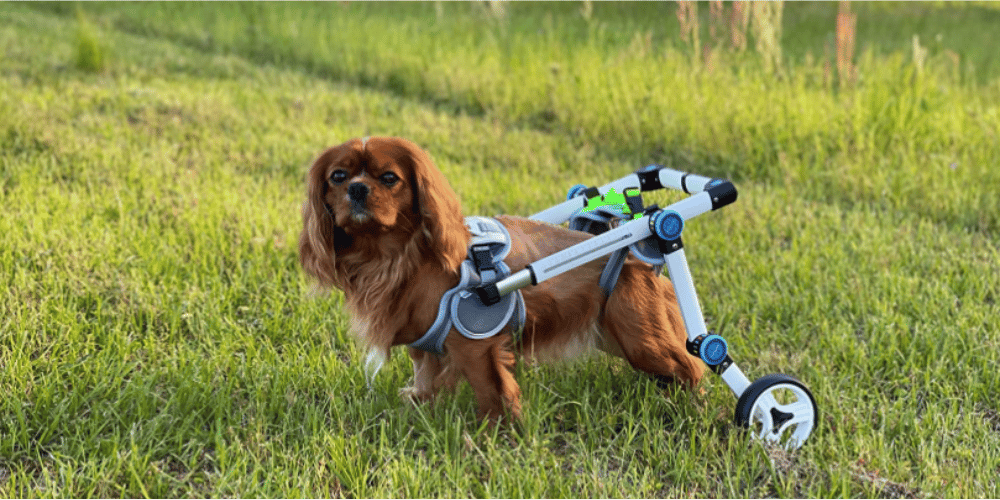
For senior dogs or those with traumatic injuries, a dog's wheelchair that provides rear support wheelchairs can be a game-changer. These wheelchairs help support your dog's rear legs, allowing them to move around more freely and maintain an active lifestyle. It's important to ensure that the rear wheel wheelchair is the right fit, with the leg meets comfortably resting in the harness, and the front wheels (if present) allowing for easy maneuverability. Remember, the best dog wheelchair is one that caters to your dog's specific needs and enhances your pet's mobility.
Finding the Right Balance: Front vs. Rear Support
When considering a wheelchair for your four-legged friend, it's essential to determine whether they need front support, rear support, or both. Dogs with weakness in their rear legs will benefit from a wheelchair that supports the dog's rear legs, allowing them to move around with ease and maintain their mobility. The right dog wheelchair for pets with hind leg issues typically features a sturdy frame that cradles the dog's body and takes the weight off the weakened limbs, ensuring your dog's quality of life doesn't suffer due to mobility challenges.
Conversely, if your dog's front legs are the ones affected, you'll want to look for a wheelchair that provides front support. This type of support helps to distribute your dog's weight evenly, preventing undue stress on their body and allowing them to navigate their environment comfortably. It's crucial to find a dog wheelchair that works harmoniously with your pet's specific needs, whether they're fully mobile in their front legs and need a rear-support wheelchair or vice versa. Always consider the balance of support to ensure your dog can enjoy their daily activities without hindrance.
Wheelchair Training: Helping Your Dog Adapt
Introducing your dog to their new wheelchair is a journey that requires patience and positive reinforcement. Start by allowing your dog to get accustomed to the presence of the wheelchair in a familiar environment. Associate it with positive experiences by offering treats and praise when they show curiosity towards it. This helps in building a positive connection between the dog's wheelchair and their daily routine. Training your dog to use their wheelchair involves gradual steps, starting with short sessions and progressively increasing the duration as they become more comfortable.
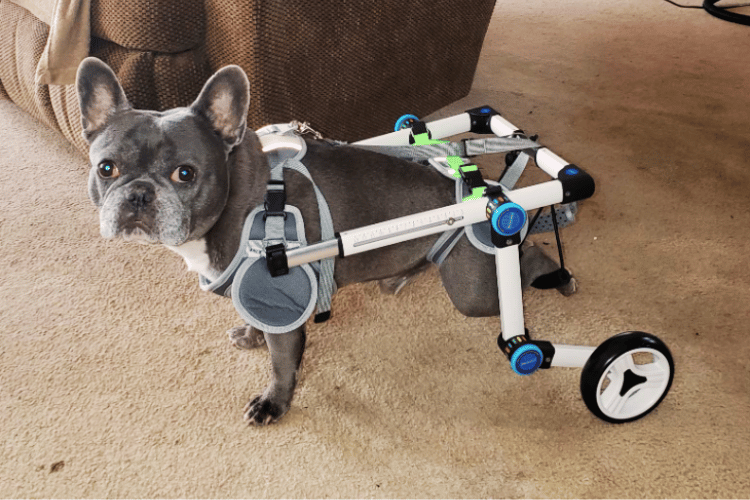
Once your dog is comfortable being around the wheelchair, the next step is to gently help them into it. Ensure that the harnesses and supports are snug but not too tight, and that your dog's weight is evenly distributed. Begin with short strolls on flat, even terrain, gradually introducing different surfaces and longer distances. Remember, older dogs or those with specific conditions may take more time to adjust. It's all about celebrating the small victories and encouraging your pet's mobility at a pace that's comfortable for them. With consistent training and support, your dog will soon navigate the world with newfound confidence.
Integrating Wheelchairs with Other Pets and Family Members
Introducing a dog's wheelchair into a household with other pets can be a delicate process. It's important to ensure that your four-legged friend feels comfortable and accepted in their new walkin wheels wheelchair. Start by allowing your other pets to inspect the wheelchair while it's not in use, so they become familiar with the new object in their environment. This can help reduce any potential anxiety or territorial behavior when your fur baby begins using it.
Moreover, when your dog is in their walkin wheels dog wheelchair, encourage positive interactions with other pets and family members. This can include treats and praise when they display curiosity or calm behavior around the wheelchair. For small dogs, a small wheelchair might be less intimidating for other pets, while larger dogs may require a bit more space and patience from everyone involved. The goal is to create a supportive environment where your furry friends can continue to socialize and bond, ensuring your dog's quality of life remains high and their mobility assistance is seamlessly integrated into daily life.
Compatibility with Your Dog's Lifestyle
Your dog's daily activities should influence the type of wheelchair you choose. If your dog enjoys long walks or hikes, a rugged wheelchair designed for outdoor use is ideal. For dogs that primarily stay indoors, a more compact and maneuverable wheelchair might be the best option.
The Impact of Wheelchair Use on Quality of Life
A well-chosen wheelchair can dramatically improve your dog's quality of life. It allows them to engage in their favorite activities, maintain muscle tone, and enjoy social interactions. The right wheelchair gives your dog a sense of independence and happiness.
Transitioning to Wheelchair Use
Introducing your dog to their new wheelchair requires patience and positive reinforcement. Start with short sessions and gradually increase the duration as your dog becomes more comfortable. Treats and encouragement can help make the transition smoother.
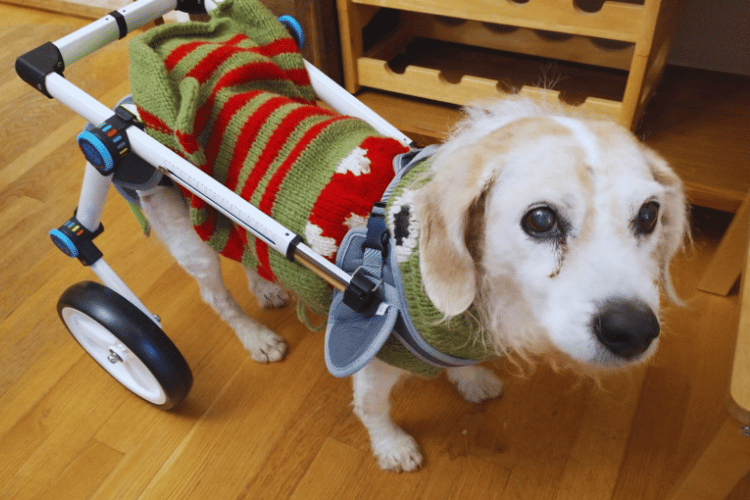
Considering Your Dog's Long-Term Needs
When choosing a wheelchair, think about your dog's long-term health. Conditions like degenerative myelopathy may progress over time, so a wheelchair that can adapt to changing mobility needs is ideal. A versatile wheelchair can accommodate these changes and continue to provide support.
The Importance of a Trial Period
Some companies offer trial periods for their wheelchairs, allowing you to see how your dog adapts to the device. This can be a valuable opportunity to ensure the wheelchair is a good fit for your dog's needs and comfort.
Seeking Advice from Professionals
Veterinarians, canine physiotherapists, and other pet professionals can offer valuable advice on choosing the right wheelchair. They can help you understand your dog's condition and recommend wheelchairs that have worked well for other animals with similar mobility problems.
Reading Reviews and Testimonials
Learning from the experiences of other pet owners can be incredibly helpful. Look for reviews and testimonials about different wheelchair models and brands. Pay attention to stories about dogs with similar conditions to your own pet to gauge the effectiveness of the wheelchair.
Budget Considerations
Wheelchairs for dogs come in a range of prices, and it's important to find one that fits your budget without compromising on quality. Investing in a durable, high-quality wheelchair can save money in the long run by avoiding frequent replacements.
The Role of Customization
Some dogs may require a custom-built wheelchair to accommodate unique physical needs. Custom wheelchairs can be more expensive, but they ensure a perfect fit and maximum comfort for your dog.
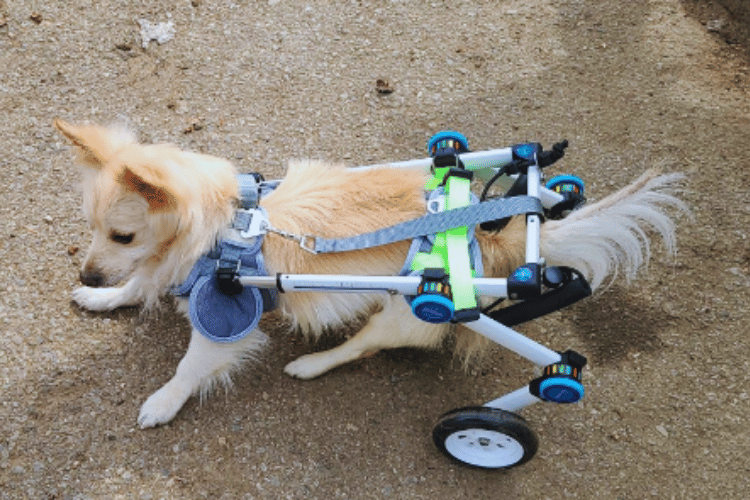
Summary
Choosing the right wheelchair for your dog involves understanding their specific mobility needs, the types of wheelchairs available, and the key features that will provide the most comfort and support. Accurate measurements, adjustability, and considering your dog's lifestyle are crucial steps in the selection process. With the right wheelchair, your dog can enjoy an improved quality of life and the freedom to move around with ease.
FAQ Section
Q: How do I know if my dog needs a wheelchair? A: If your dog has difficulty walking, is unable to use their hind legs, or has been diagnosed with a condition that affects their mobility, a wheelchair may be beneficial. Consult with your veterinarian to determine if a wheelchair is appropriate for your dog's situation.
Q: Can dogs still use the bathroom while in a wheelchair? A: Yes, most dog wheelchairs are designed to allow dogs to relieve themselves comfortably. It's important to choose a wheelchair that provides enough clearance and support for your dog's needs.
Q: How long can my dog stay in their wheelchair? A: Dogs can use their wheelchairs for extended periods, but it's important to give them breaks and monitor for any signs of discomfort or fatigue. Gradually increase the amount of time your dog spends in their wheelchair to ensure they adjust well.
Thank you for visiting LegitLists we hope this helps you make a legitimate choice!






